We ship nationwide. Free standard shipping on orders over AED 150.
Haworthia | Zebra Cactus | Pearl Plant
15 AED – 39 AED Ex VAT
The Delivered Plant May Differ in Size, Color, Number of Flowers, Branches, and Will Come in a Plastic Pot, not The One Shown in The Picture.
PLANT CARE ( Haworthia | Zebra Cactus | Pearl Plant )
 |
In summer, it is best at 68 °F; if the temperature is higher, brighter light is desirable. In the winter, it is 39–59 °F. |
 |
The bright sun with no direct sunlight (unlike other succulents, which need shade from too much sunlight). |
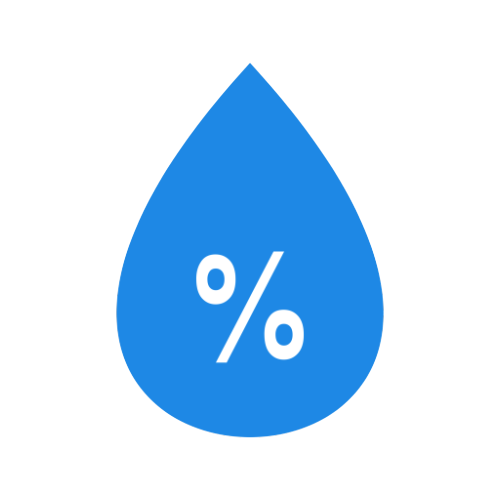 |
It does not really matter. |
 |
Water them every week during the growing season (if a little light, reduce watering). |
ADDITIONAL CARE
Haworthia, also known as Zebra Cactus or Pearl Plant, is a captivating and easy-to-care-for succulent that can grow in various indoor settings. To ensure the health and longevity of your Haworthia, here are important care guidelines to follow.
Importance of Proper Lighting
When it comes to light, it’s crucial for Haworthias to thrive. They live in bright, indirect sunlight. Position your plant on a windowsill with filtered sunlight or in an area with a few hours of gentle morning sun, avoiding harsh direct sunlight that can scorch the leaves.
Watering Guidelines
Proper watering is key to the well-being of your Haworthia. These succulents prefer to be kept slightly on the dry side. Water your plant when the top inch of the soil feels dry to the touch, and ensure to allow excess water to drain from the pot’s saucer to prevent root rot.
Choosing the Right Potting Mix and Repotting
Select a well-draining cactus or succulent potting mix for your Haworthia. Ensure the pot has drainage holes to avoid water pooling at the roots. Repot your Haworthia every couple of years or when it outgrows its container.
Fertilizing Your Haworthia
Fertilize your Haworthia (zebra cactus) with a diluted, balanced liquid fertilizer during the growing season, typically in spring and summer, about once a month. Avoid over-fertilizing, as these plants are not heavy feeders.
Pest Management
Keep an eye out for common succulent pests like mealybugs and spider mites, although Haworthias are generally resistant to most pests and diseases. If an infestation occurs, promptly treat it with a neem oil solution.
Pot Selection
When it comes to container choice, Haworthias are versatile. They can be displayed in small pots, as part of succulent arrangements, or in larger containers alongside other succulents.
Propagating Haworthias
Haworthias can be propagated through offsets (pups) that develop at the base of the plant. Gently remove these offsets and allow them to callus for a day or two before planting them in a separate pot.
Routine Grooming
Routine grooming is important for your Haworthia’s appearance and health. Therefore, remove any dead or dried leaves of the pearl plant to maintain its tidy and disease-free condition.
Exploring Haworthia Varieties
Haworthias come in various species and varieties, each with distinct characteristics. Moreover, their unique, textured leaves and striking patterns make them an excellent choice for terrariums, windowsill gardens, or as standalone ornamental plants.
Conclusion
Following these care instructions will help you cultivate a thriving and visually appealing Haworthia, whether you are a novice or an experienced plant enthusiast.
NOTE
An example picture gives a trustworthy image of the plant with good care. The plant in the example picture is not the plant that will be delivered. This is an example, so variations are possible. Eventually, the delivered plant may differ in, for example, size, number of flowers, and number of branches. The plant will be in a plastic pot, not the one shown in the picture.
| Size | 15cm – 20cm, 20cm – 25cm, 8cm – 10cm |
|---|
Only logged in customers who have purchased this product may leave a review.


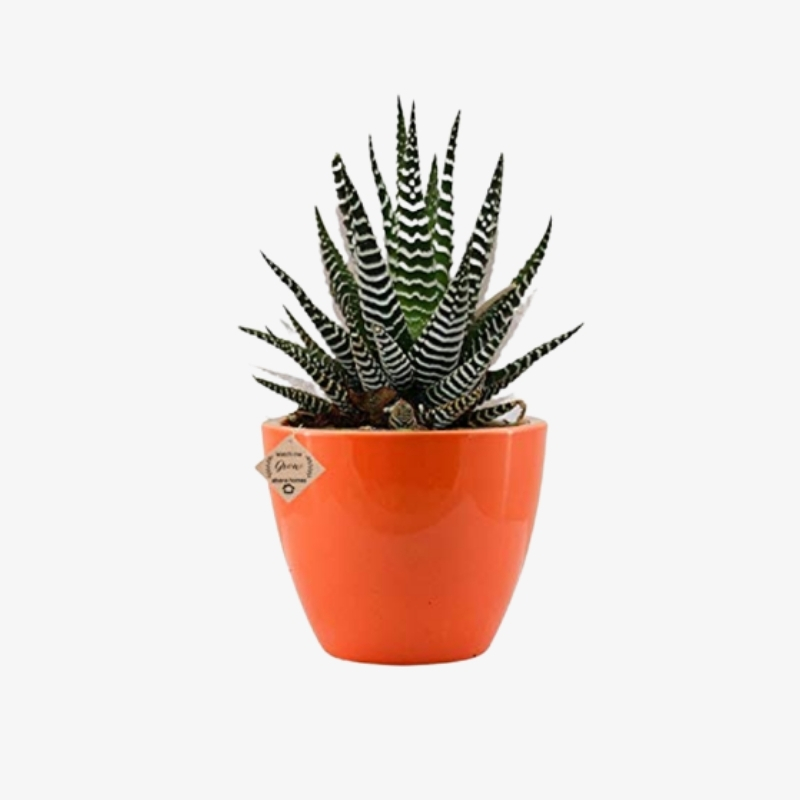
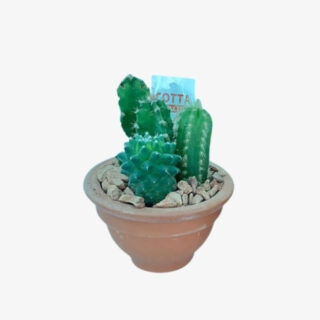
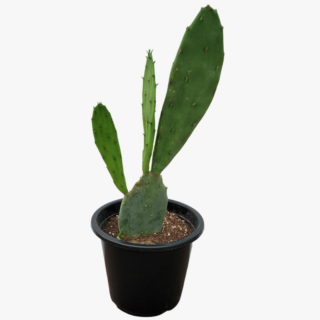
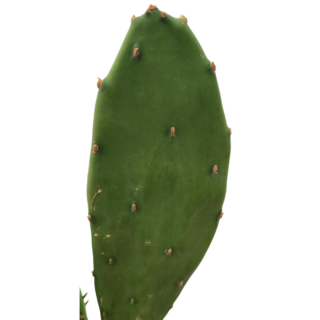
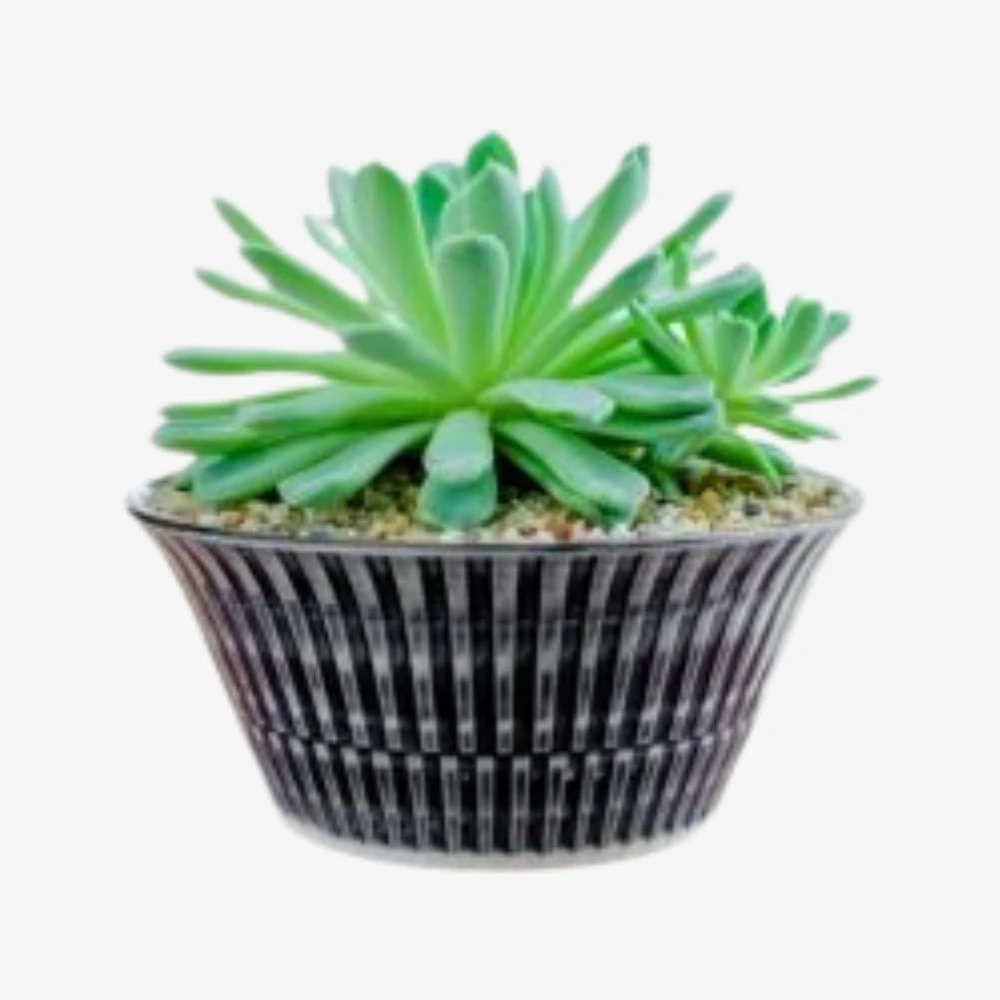
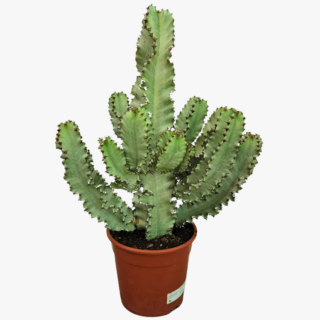
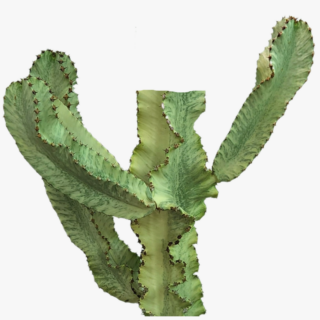
Reviews
There are no reviews yet.